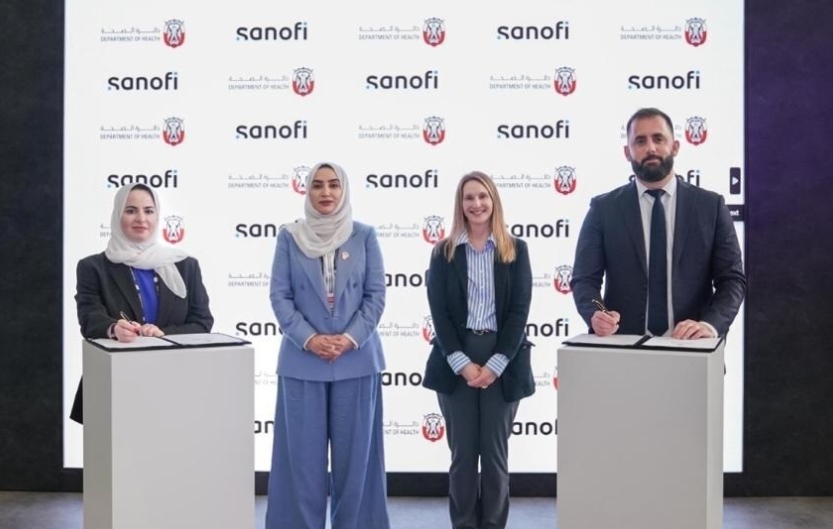
Patient recruitment and retention are often major challenges in clinical trials
 Recruitment and retention of research participants is often the most labor-intensive and difficult component of clinical trials. Poor recruitment and retention frequently pose major barriers in the successful completion of clinical trials. In fact, many studies are prematurely terminated, or their findings questioned due to low recruitment and retention rates.
Recruitment and retention of research participants is often the most labor-intensive and difficult component of clinical trials. Poor recruitment and retention frequently pose major barriers in the successful completion of clinical trials. In fact, many studies are prematurely terminated, or their findings questioned due to low recruitment and retention rates.
Achieving clinical trial research participant enrollment is essential to conducting a successful trial. Adequate enrolment provides a base for projected participant retention, resulting in evaluative patient data. Without sufficient patient retention from the time of study initiation to closure, it may be too small a pool to for conclusive proving or disproving of the goals.
For more than a decade, the emerging markets of the Asia Pacific region have held special promise for the global pharmaceutical industry. Driven by a combination of low per capita consumption, rapidly expanding economies, technological innovation and a talented workforce, the region has seen explosive growth in both economic and political power during the past 10 years. Today, China and India stand on the threshold of being global superpowers, while a range of factors such as deregulation, better trade links, improved access and rise in medical tourism have enabled markets such as Malaysia, Vietnam, Indonesia and others to take on increasingly important roles in the region.
Recruitment is approached as a separate process from the research protocol. Lack of collaboration between the principal investigators and research coordinators perpetuates the problem because the criteria for entry into a trial are often so exclusionary that it makes recruitment even more challenging. Lack of follow-up systems contribute to losing patients before they have completed a trial. For example, many trial sites do not follow up with participants to let them know when the trial has ended, or the results of the research and the contribution it made to medical knowledge.
We probably do our worst when it comes to retention and the acknowledgement of the valuable contribution that a volunteer makes. There is a lot of data showing that once the patient has participated in the trial and they are familiar with the professionalism and integrity of the research system, they become ambassadors and can play a valuable part as a member of the public in helping shape an understanding of this enterprise and its value. And we do that with a number of different kinds of programs.
You have many studies today that will offer thank you cards or that will have a special gathering at the end of the study, but it is not enough. A large percentage of patients, roughly 80 percent of patients in clinical trials, will say that they would like to know the value of the contribution they made. They want to know whether it made any contribution to knowledge in medical science. And yet 79 percent of all volunteers who have completed enrolment never hear from the site again."
Often the patient directs their concern to the PI or the study coordinator. These individuals have their hands tied as well, especially when it is an industry-funded study. The investigator has no additional knowledge, so there is a gap when the volunteer wants to know about their contributions and the research staff cannot provide the information.
Asian countries have also started facing challenges in recruitment and retention of patients. This is a time of considerable change in clinical research. It is getting more difficult to recruit patients for many reasons.
The challenges
Patient Focus
It is time to call for nothing less than a complete overhaul of the recruiting process to focus squarely on the patient and redefine the way we look at clinical trials, as if we were the patient.
This would lead to:
The informed choice process
This would require using clear health communication principles and a complete overhaul of the training, which site coordinators and recruiters receive, to include psychosocial training.
Some of the sites have done extensive work in simplifying the informed consent process for patients, while also ensuring that it meets IRB standards. They have developed a one-page graphic schema that helps research volunteers understands an entire research protocol and their role in it. It is important for us to realize that patient trust in the sponsor is critical; without trust high attrition is a predictable problem.
The clinical trials sites could set up patient-to-patient mentor programs, as well as online communication between participants and site coordinators. Another approach is to involve patient advocacy organizations, which already have infrastructure and communication venues in place, to guide people through the process so that they are not lost due to information-overload.




